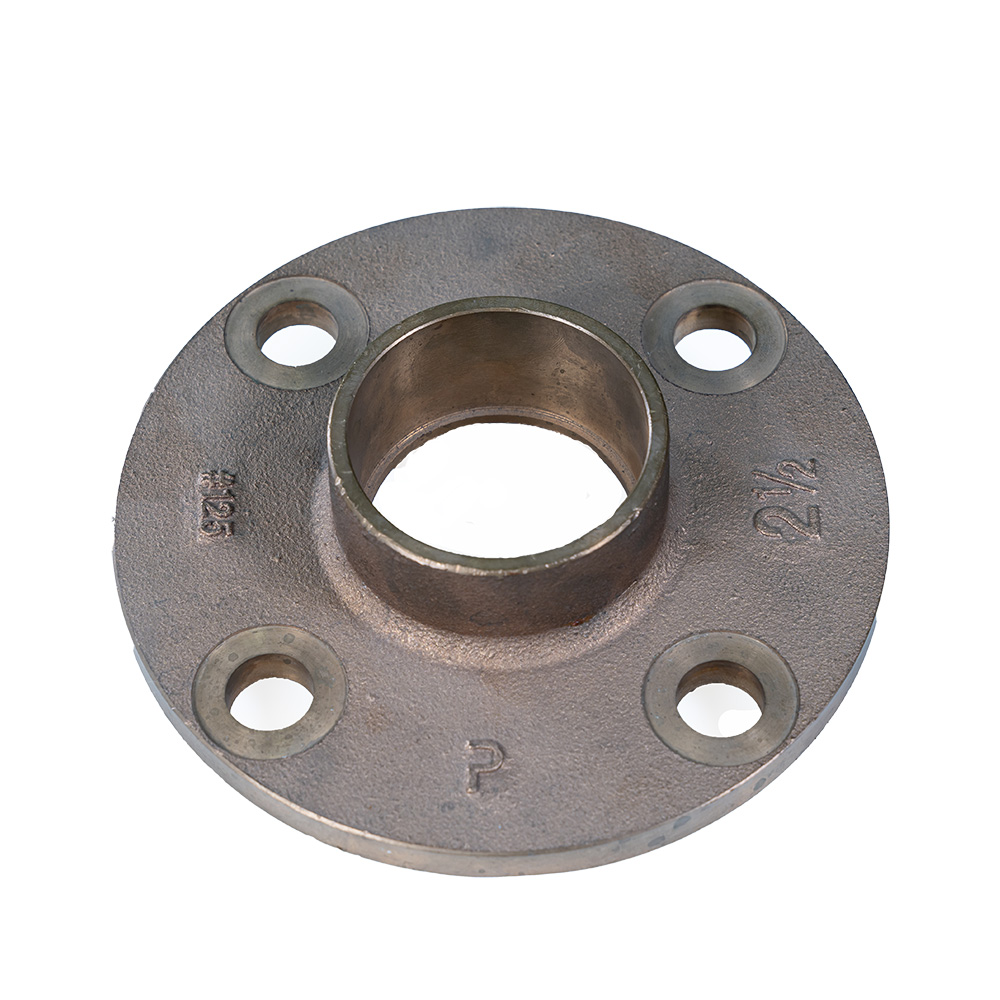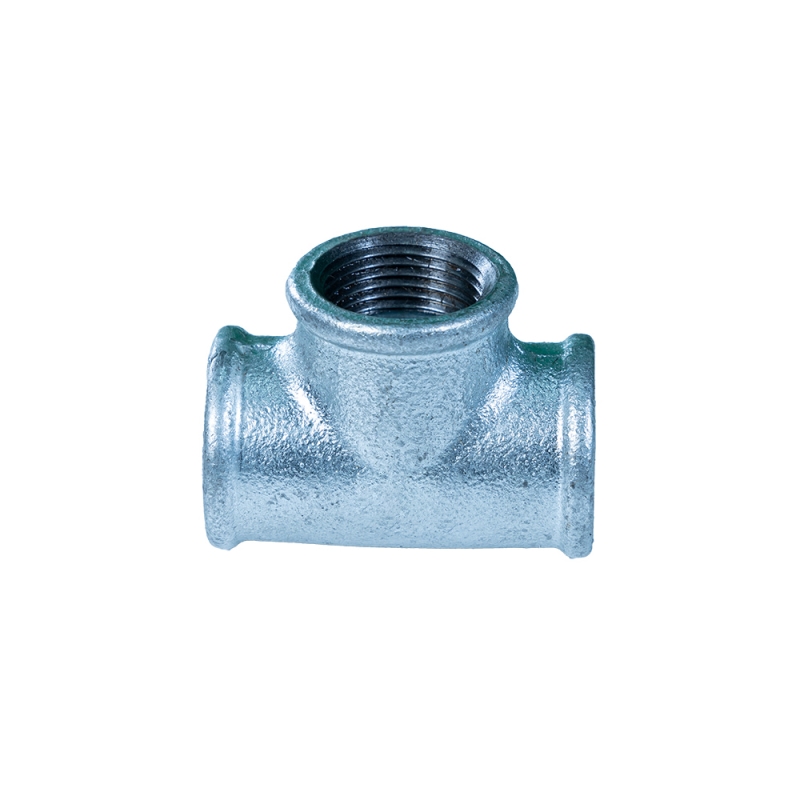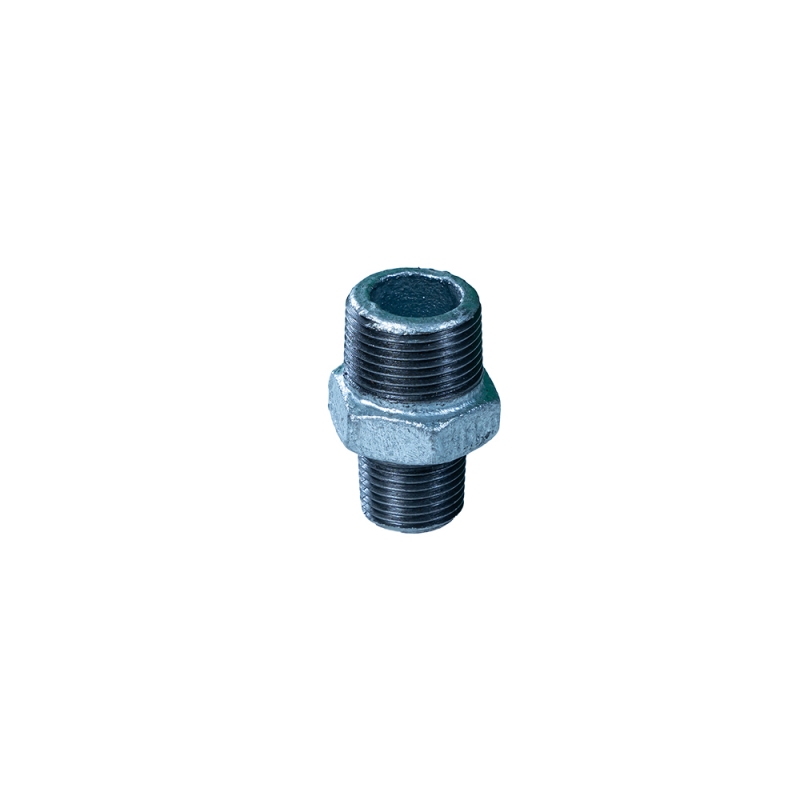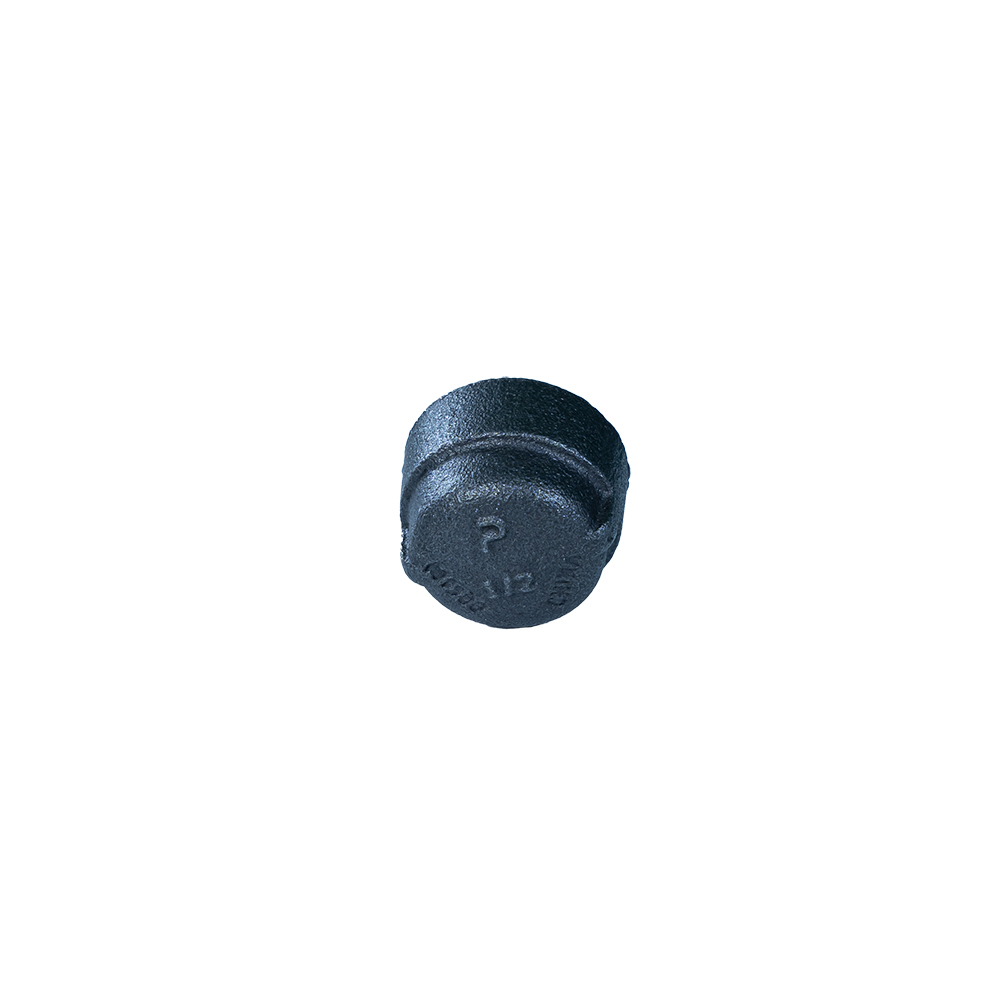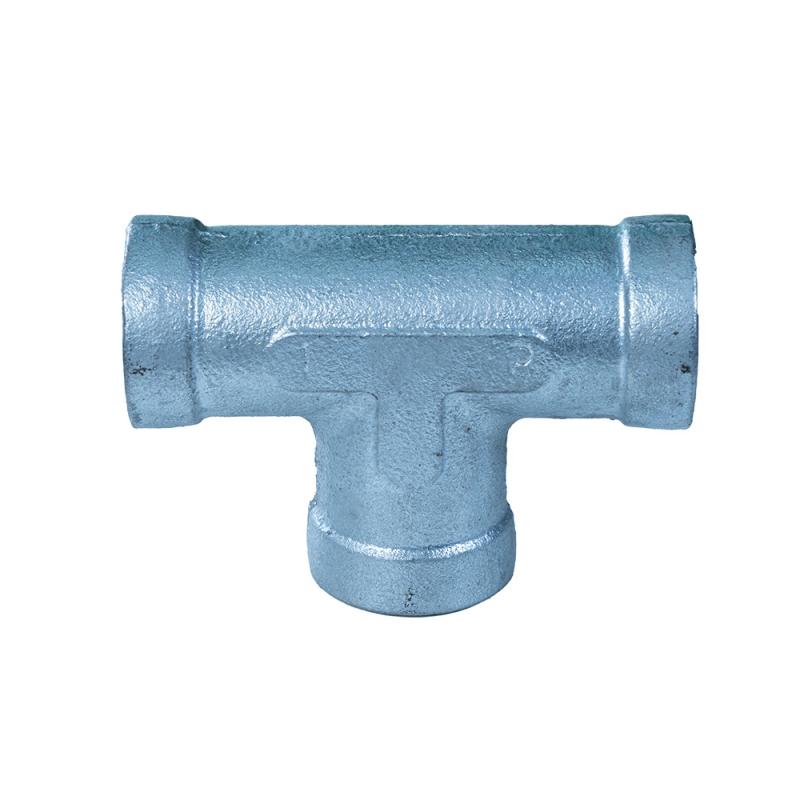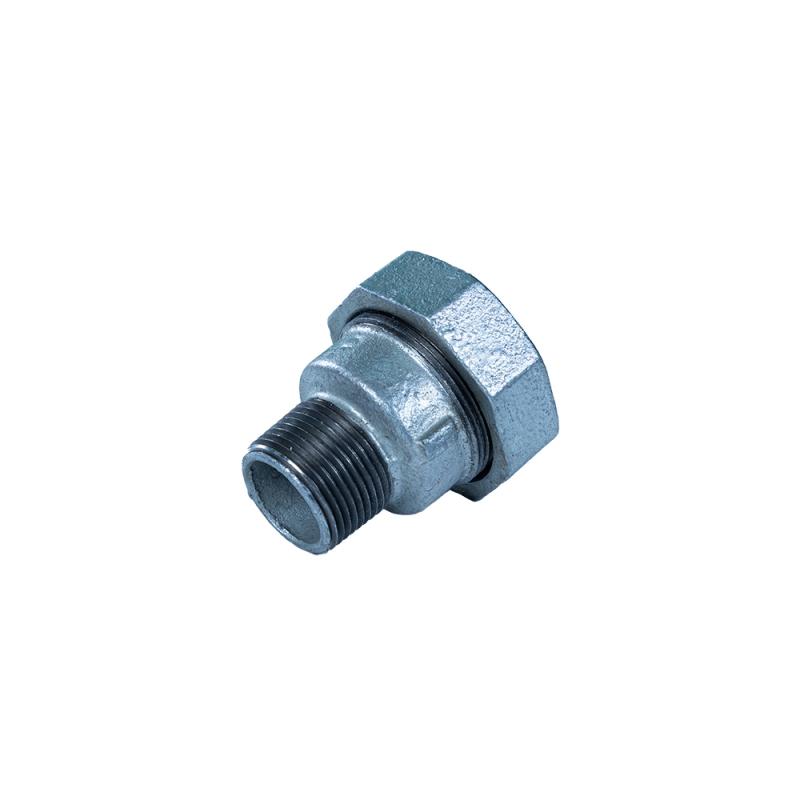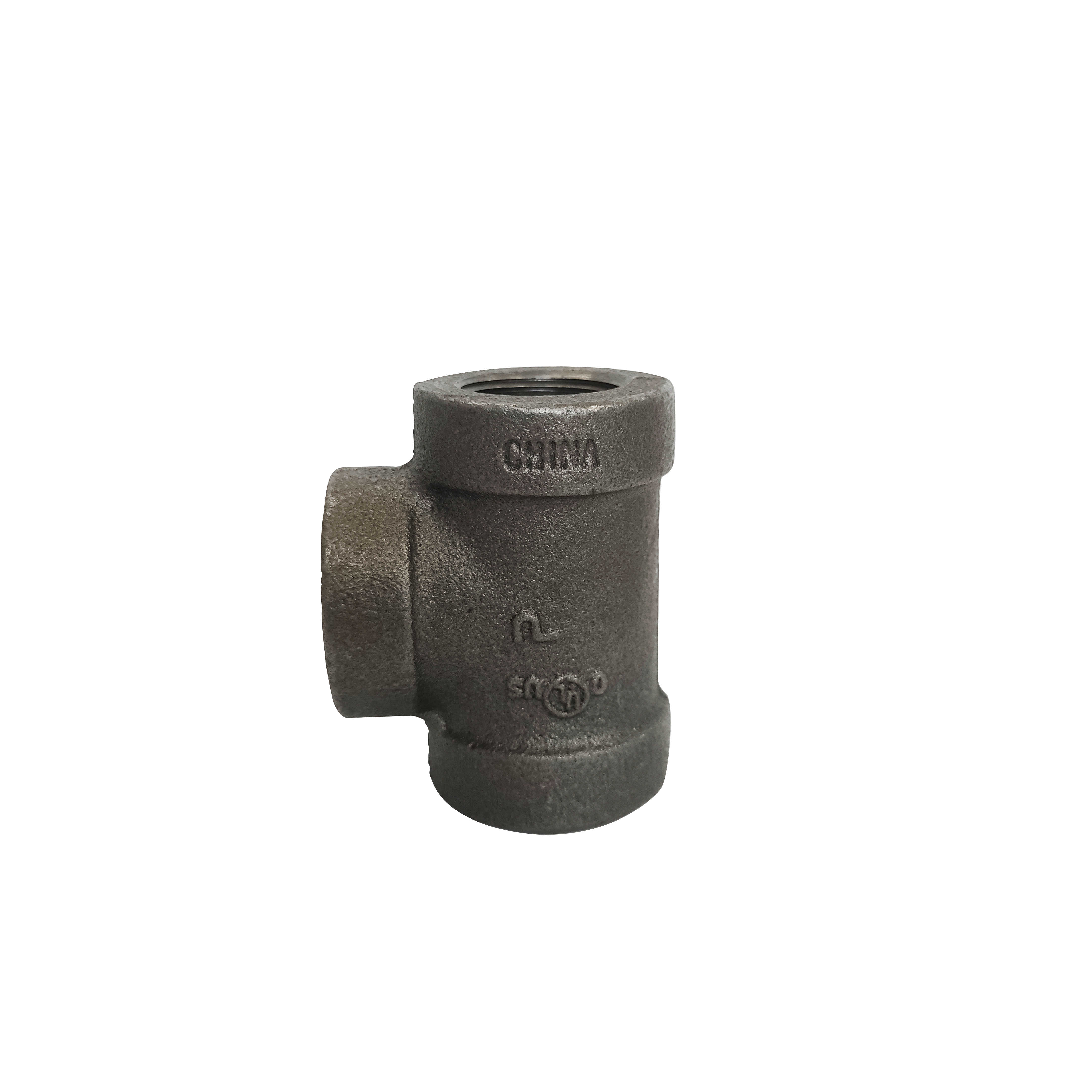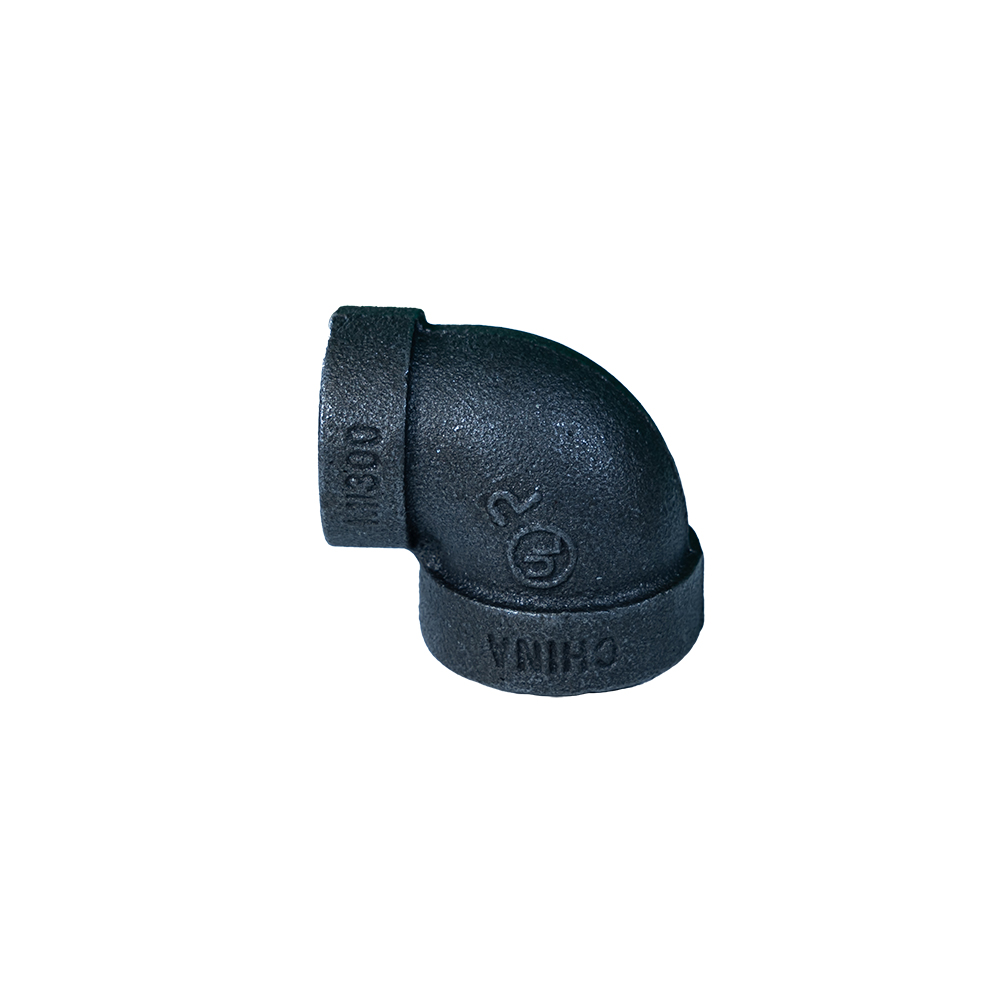Compression tube fittings are critical components in plumbing, gas, and fluid systems where a leak-free and high-pressure seal is essential. Unlike threaded or welded joints, compression tube fittings rely on a mechanical grip that tightens around the tubing using a nut and ferrule system, creating a durable and tight seal without requiring heat or special tools. These fittings are ideal for applications where disassembly and reassembly may be required or where space is limited.
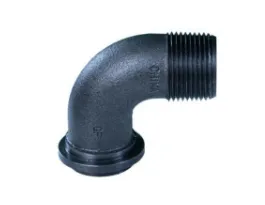
Used in industries ranging from hydraulic systems to fuel lines and instrumentation, compression tube fittings come in various materials such as brass, stainless steel, and plastic. Each material offers specific benefits. Stainless steel versions are preferred for their corrosion resistance in aggressive environments, while brass fittings are ideal for water, oil, and non-corrosive gases. For cost-effective options in less demanding applications, plastic or nylon variants are often selected.
The key advantage of compression tube fittings is their simplicity and reliability. They are easy to install—simply insert the tube, tighten the nut, and let the ferrule create the seal. No soldering, gluing, or threading is required. This makes compression tube fittings a go-to choice in both residential plumbing and complex industrial systems.
Compression Coupling: Joining Tubes with Confidence
A compression coupling is a specific type of fitting designed to join two lengths of tubing together in a straight line. It operates using the same basic principle as other compression tube fittings—a nut compresses a ferrule onto the tube to form a pressure-tight seal. The compression coupling is widely used in refrigeration, hydraulic, pneumatic, and gas systems.
This type of fitting is ideal when a permanent weld or brazed connection is not desirable, or when system maintenance or future modification is expected. Compression couplings are also commonly used in soft metal tubing like copper and aluminum, but with the right ferrule, they can handle harder materials like stainless steel.
Installation of a compression coupling is straightforward. The tube ends are inserted into the fitting body, and the nuts are tightened to deform the ferrules, which then grip and seal the tubes. This provides a strong, durable, and vibration-resistant connection capable of withstanding pressures up to thousands of PSI, depending on the fitting and tubing size.
1/4 Compression Coupling: Small Size, Big Performance
The 1/4 compression coupling is one of the most widely used sizes in compression tube fittings, particularly in instrumentation, fuel line, and beverage dispensing applications. It is designed to connect two 1/4-inch outer diameter (OD) tubes securely and leak-free. Despite its small size, a 1/4 compression coupling can handle surprisingly high pressures and temperatures, making it indispensable in critical systems.
This size is ideal for tight spaces or compact equipment where tubing needs to be connected without sacrificing flow performance. Many laboratory, medical, and analytical devices use 1/4 compression couplings for their ease of use and reusability. These couplings are also popular in fuel and brake line repairs, where they provide quick, tool-free installation.
The versatility of 1/4 compression coupling fittings lies in their compatibility with a wide range of tubing materials, including stainless steel, copper, nylon, and polyethylene. This allows them to be used in both flexible and rigid line applications across countless industries.
Applications of Compression Tube Fittings in Industry and Home
Compression tube fittings are valued in numerous industries because of their ease of installation, reliability, and compatibility with different tubing materials. In hydraulic systems, they’re used to connect tubes carrying pressurized oil or fluid with minimal leakage risk. Their ability to withstand vibration makes them ideal for mobile or industrial equipment.
In the gas and fuel industry, compression couplings and tube fittings are used in natural gas lines, propane delivery systems, and fuel injection setups. Stainless steel and brass are preferred materials here due to their corrosion resistance and ability to form gas-tight seals.
Instrumentation and analytical systems benefit greatly from 1/4 compression couplings, which are often used to connect pressure gauges, flow meters, and chemical sampling lines. These fittings ensure accurate readings and prevent contamination or leakage in sensitive systems.
At home, compression tube fittings are frequently used in plumbing, especially under sinks, connecting water filters, or in refrigerator ice makers. They’re a preferred choice for do-it-yourselfers because they don’t require soldering or special tools. Their reusable nature also makes future modifications or repairs much easier.
How to Select the Right Compression Tube Fittings
Choosing the right compression tube fittings involves considering several key factors. First is tubing material compatibility. Not all ferrules work with all materials—stainless steel ferrules are great for hard tubing, while brass ferrules are ideal for softer metals like copper. Using mismatched materials can cause leaks or even damage to the fitting or tube.
Next, determine the operating pressure and temperature of your system. For high-pressure hydraulic systems, opt for stainless steel compression couplings rated for extreme PSI. For low-pressure or water-based systems, brass or plastic fittings may suffice. Always check the manufacturer’s pressure ratings and choose accordingly.
Size compatibility is crucial. A 1/4 compression coupling fits 1/4-inch OD tubing, but fittings also come in metric sizes. Mixing up sizes—even slightly—can compromise the seal or cause damage. Use calipers or tubing size charts if unsure.
Finally, think about reusability and space constraints. If the system may need to be disassembled or adjusted frequently, opt for fittings designed for easy re-tightening. And in confined spaces, shorter, more compact fittings can save valuable real estate and reduce the need for extra tubing bends.
Compression couplings FAQs
What are compression tube fittings used for?
Compression tube fittings are used to create secure, leak-free connections between tubing segments in fluid or gas systems. Common applications include plumbing, gas distribution, hydraulic systems, instrumentation, and refrigeration. These fittings are easy to install and don't require soldering or special tools, making them ideal for both residential and industrial settings.
How does a compression coupling work?
A compression coupling connects two lengths of tubing in a straight line using compression force. It typically consists of a central body, a nut, and one or two ferrules. When the nut is tightened, it compresses the ferrule(s) onto the tubing, forming a seal and gripping the tube. This mechanism allows for a durable and pressure-tight connection without the need for heat or threading.
What is the maximum pressure a 1/4 compression coupling can handle?
The pressure rating of a 1/4 compression coupling depends on its material and manufacturer. Stainless steel fittings can typically handle pressures up to 3,000 PSI or more, while brass versions may be rated up to 1,200 PSI. Always consult the product datasheet to ensure the coupling meets the pressure requirements of your system.
Can compression tube fittings be reused?
Yes, many compression tube fittings are reusable, especially high-quality models made from brass or stainless steel. However, reusing the same ferrule may not always provide a perfect seal after removal. Some manufacturers recommend replacing the ferrule while reusing the body and nut. Always inspect components for wear or deformation before reuse.
What tubing materials are compatible with compression fittings?
Compression tube fittings are compatible with a wide range of tubing materials including copper, aluminum, stainless steel, nylon, and polyethylene. The key is to match the ferrule and fitting material to the tubing material for optimal performance. Brass fittings work well with copper and plastic tubes, while stainless steel fittings are preferred for harder materials or corrosive environments.
Post time: Aug-21-2025


